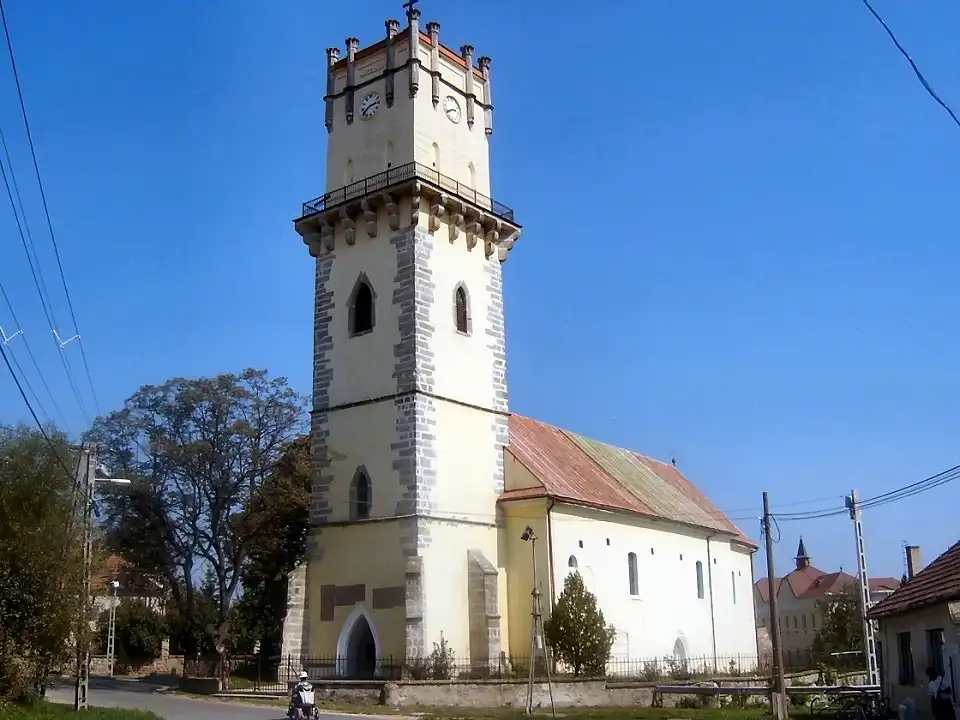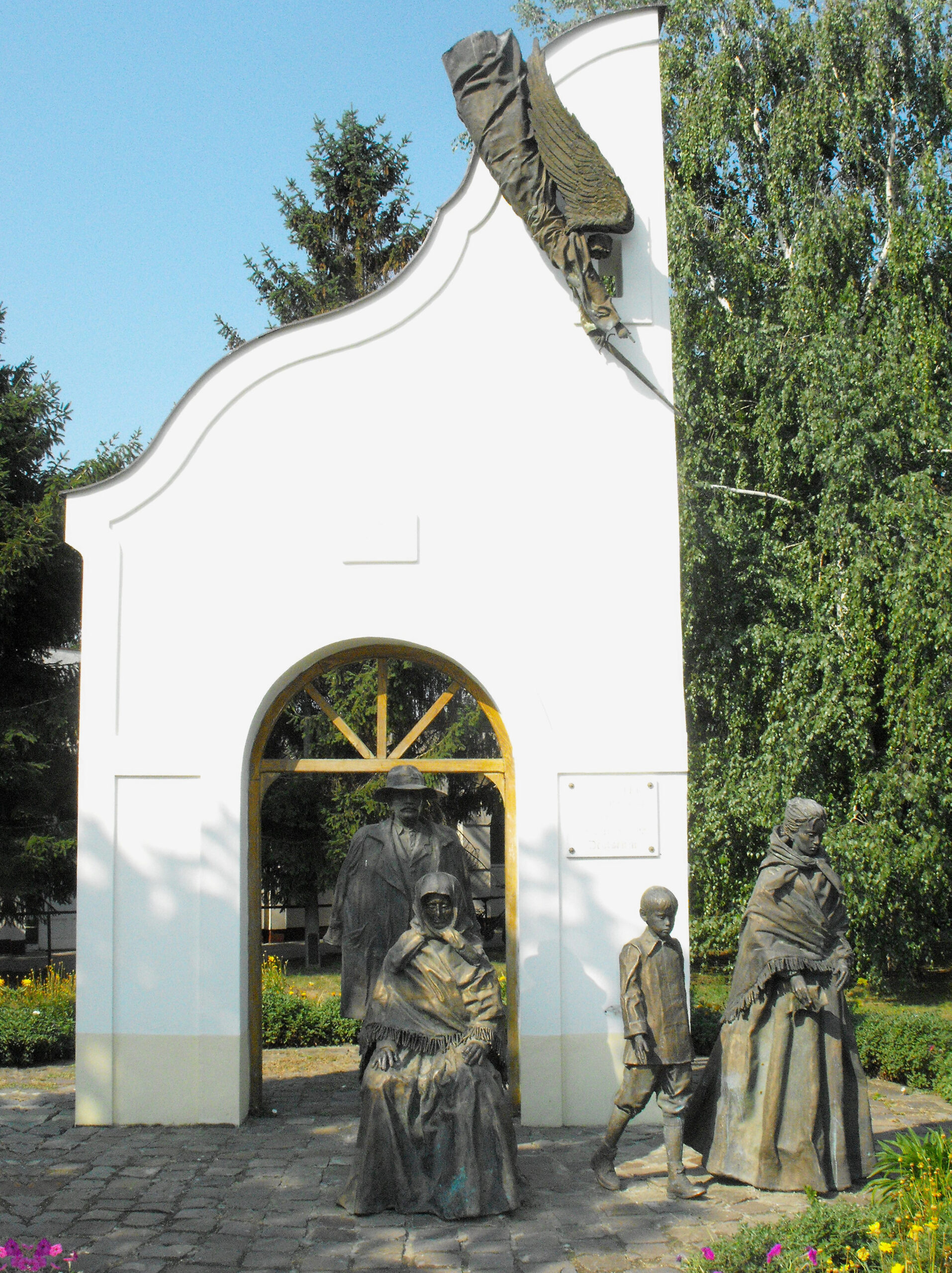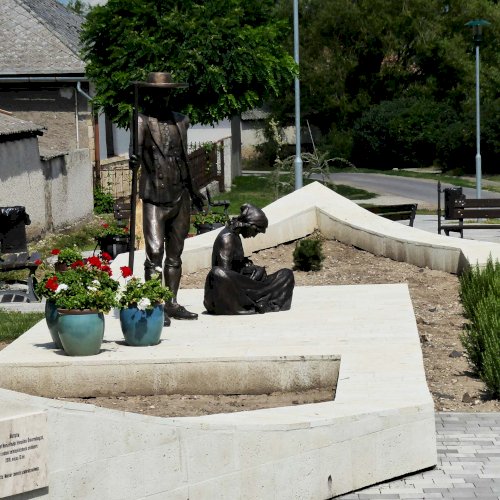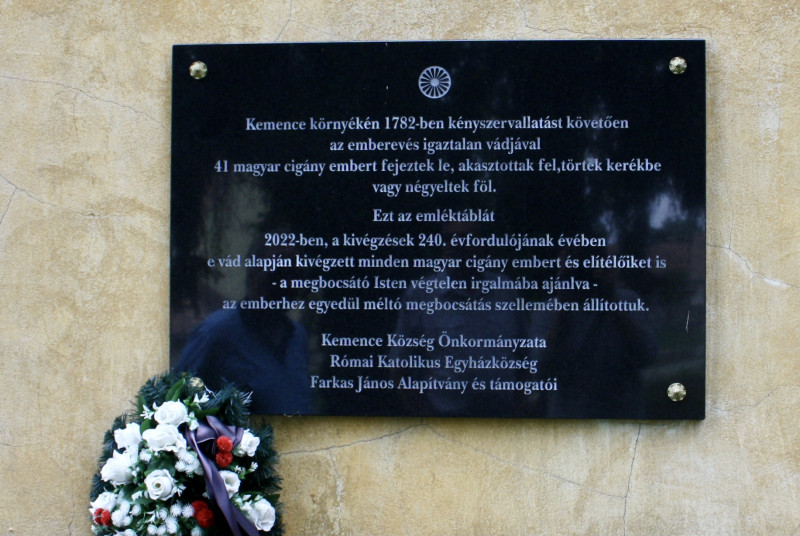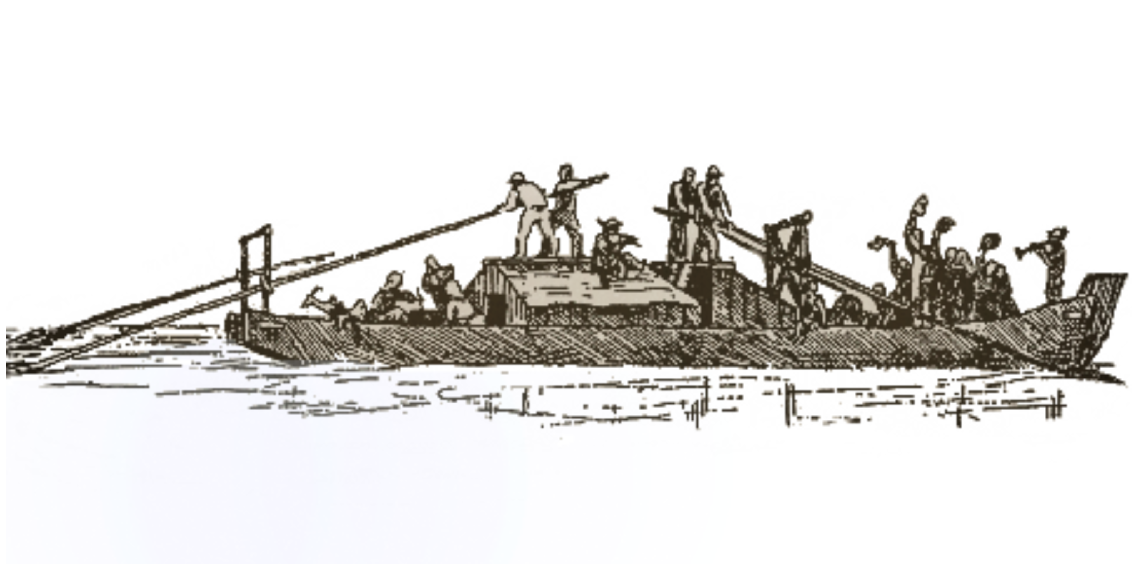
Minorities in Hungary – Tata
Hungarian figure of the „The emancipation of minorities” topic
Tata, a picturesque town in Hungary, is not only known for its historical and natural beauty but also for its role in the broader narrative of minority rights within Hungary. The town is home to the German Minority Museum, which serves as a testament to the presence and contributions of ethnic minorities in Hungary, particularly the German community, also known as the Danube Swabians. The museum in Tata offers a lens through which we can explore the broader issue of minority rights and the emancipation of minorities in Hungary and Central Europe.
The story of minorities in Hungary is complex, shaped by centuries of shifting borders, wars, and political changes. Throughout history, Hungary has been home to a diverse population, including Germans, Slovaks, Romanians, Serbs, Jews, and Roma, among others. These communities have played a significant role in the cultural, economic, and social fabric of the country, but their experiences have often been marked by periods of both inclusion and exclusion.
The emancipation of minorities in Hungary began in earnest in the 19th century, during the Austro-Hungarian Empire, when ideas of nationalism and liberalism started to challenge the traditional feudal order. The 1868 Nationalities Law, passed during the Dual Monarchy, was a landmark piece of legislation aimed at providing cultural and linguistic rights to the various ethnic groups within the kingdom. While progressive in theory, the law’s implementation was uneven, and it often conflicted with the growing nationalist sentiments that emphasized Magyarization—the assimilation of minorities into Hungarian culture.
Tata’s German community, like many others in Hungary, faced the pressures of Magyarization, particularly during the interwar period and World War II. The consequences of these policies were severe, culminating in the forced expulsion of many ethnic Germans after the war, as Hungary sought to align itself with the victors of World War II and distance itself from its Axis past.
In the broader Central European context, the treatment of minorities in Hungary mirrored trends in neighboring countries. The collapse of empires and the creation of new nation-states after World War I led to significant population exchanges, forced migrations, and the redrawing of borders, all of which profoundly affected minority communities. In Czechoslovakia, for instance, the Sudeten Germans faced expulsion after World War II, similar to the experience of the Danube Swabians in Hungary. In Romania, the Hungarian minority in Transylvania grappled with changes in national identity and citizenship as the region shifted from Hungarian to Romanian control.
In the post-World War II era, Hungary, like other Central European nations, began to grapple with the legacies of these tumultuous changes. The socialist government of Hungary sought to promote a narrative of unity and brotherhood among its various ethnic groups, though often at the expense of true cultural autonomy. It wasn’t until the fall of communism in 1989 that a more genuine effort to recognize and protect minority rights emerged. The 1993 Law on the Rights of National and Ethnic Minorities in Hungary was a significant step forward, offering greater protection and cultural rights to Hungary’s diverse communities.
Today, Tata’s German Minority Museum stands as a symbol of this long and complicated history. It reflects the resilience of minority communities and their ongoing contributions to Hungarian society. The museum also serves as a reminder of the broader Central European struggle for minority rights, highlighting the region’s shared history of diversity, conflict, and the pursuit of cultural emancipation. As Hungary continues to navigate its role within the European Union, the protection and promotion of minority rights remain crucial for fostering social cohesion and honoring the rich multicultural heritage that towns like Tata represent.
Facts


